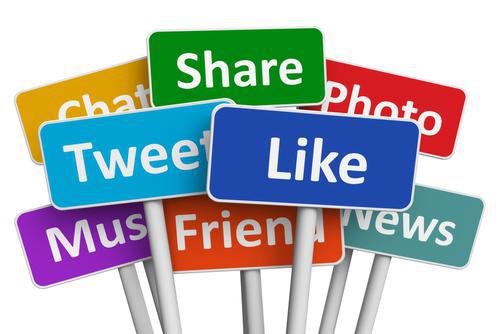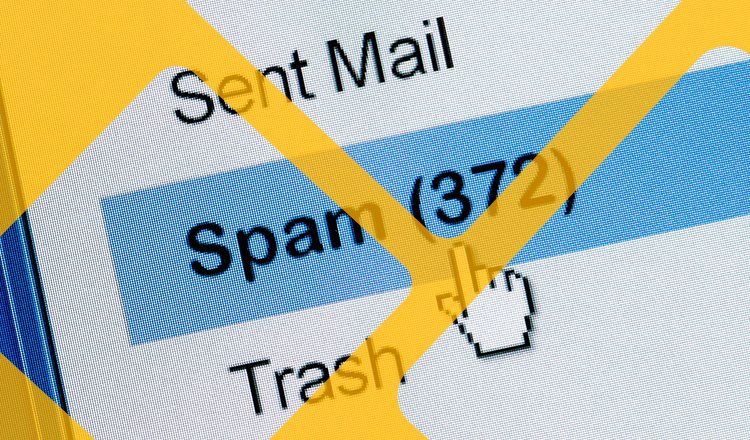Social media is a very powerful tool when used properly. Maintaining a presence on the top social media platforms can significantly impact revenue for businesses, although different businesses should leverage different platforms.
Facebook has 1.55 billion monthly active users across the globe. Pretty much every business should have a Facebook page. Think about it, if you find a company page on Facebook and the most recent post is from 2 years ago, do you go looking elsewhere?
Posting relevant content a few times a week is ideal for keeping your page active. You want to make sure you have a nice mix of brand and industry content to position your company as a leader. However, due to updates to Facebook’s newsfeed algorithm in recent years, which do not favor businesses, it’s almost required to advertise [ie. Boost your Posts] to get your messages seen.
Facebook is by far the most robust when it comes to advertising on social media. When advertising on Facebook, you want to make sure you are specific with your targeting. The more specific the audience, the better the ROI that you will see. The advanced targeting options are extremely detailed on Facebook, allowing for targeting by demographics, interests, and behaviors all the way down to the type of car someone drives. But the key is to make sure you set your goals first, such as website traffic, page likes, post engagement, mobile app installs, etc.
Twitter has more than 270 million active users. Unlike Facebook, Twitter is a little more fast paced. Every second, about 6,000 tweets are sent out on Twitter. This means the life of your tweet is a lot shorter than the life of your Facebook post. That being said, it’s ok to tweet a message more than one time in a day, and you want to have multiple messages tweeted out each week. The same rules apply here with content: you want to tweet about your brand and other industry related content, as well as retweet other content that’s relevant to your brand or industry.
Twitter is a great place to take advantage of hashtags. Research hashtags by testing them out in the Twitter search to see the conversations that are surrounding each one. You want to be selective with your hashtags by not using ones that are tied to competitors or events that are not aligned with your brand image.

As far as advertising, Twitter is an up and comer that’s trying to catch up to the level of Facebook. As with all advertising, you want to set your goals first: increase followers, website traffic, leads, engagement, etc. The targeting capabilities of Twitter are not as detailed as Facebook, however, they do allow you to target followers of other Twitter accounts which you cannot do directly with Facebook advertising. This is perfect for targeting your competitors or other industry brands that would have a similar target audience.
Instagram has over 400 million active users. This platform is all about the visuals. Therefore, if your brand does not have great images or the ability to create/take appealing photos, then this platform is not for you. It is better to not have an Instagram account than have one that lacks luster.
The key here is to post appealing graphics and images that showcase your brand and industry, as well as incorporating a human element. For example, you can share some “behind the scenes” type photos such as the office holiday party or the CEO’s surprise birthday party. Hashtags are also very powerful on Instagram, so be sure to research the best ones for your industry here as well. Like most platforms, growing your following takes some time, and with good images it should continue to grow and grow.
Instagram is owned by Facebook, so all advertising is done through Facebook’s advertising platform. Currently, the only two options for advertising on Instagram are driving website clicks or app installs, but we’re optimistic that under Facebook’s belt, it’s only a matter of time before the advertising options and features are expanded.
Pinterest has more than 100 million active users. About 85% of them are female. It’s a visual platform, because the first thing people see are the images of the pins, but with a unique twist. Think of Pinterest as a search engine. Most people go to Pinterest to search for something such as a recipe or DIY project.
As with the other platforms, you will want to pin your products/brand related items such as blog posts, as well as other industry related articles. Keep in mind that even though you may be pinning from your website, you want to make sure the image that is being used is compelling and gives some information about the link. All of your pins should link to somewhere, preferably your website. For user experience, the worst thing is to click on a pin and have it go nowhere.
Currently, Pinterest only offers promoted pins as a form of advertising. You will want to promote pins that lead back to your site, as well as those that lead to others to create brand engagement. The targeting capabilities for Pinterest are limited to keywords. By using keyword targeting, your promoted pins will be displayed in search results for the keywords that you selected. As with Instagram, the follower growth is slow because you cannot advertise to gain followers, but it’s addative and can keep building up over time.
LinkedIn has more than 400 million users. It allows users to connect, much like Facebook, but the connections and interactions are based upon professional criteria, not personal. For a company LinkedIn page, the same rules apply: be human and post a variety of brand and industry related information. This is a great platform to post press releases and other company related news to share with your employees as well as your industry. A lot of LinkedIn users are looking for jobs, so you may want to consider posting your job openings as well.

LinkedIn has two advertising options: text/image ads and sponsored updates. These ads can help you spread the word about your company and grow your following on LinkedIn, as well as increase engagement on your posts. If you are a B2B company, LinkedIn is a great place to look for leads. If you have a premium account, you can use inMails to message users in search of leads or even recruit people for job openings.
Make sure you do your research on the platform(s) that you’re planning to utilize before creating a company page so that you can leverage everything each platform has to offer. Plan your social strategy taking into account your current resources and realistic goals, sometimes doing less you can actually achieve more.
Overall, social media is one of the many tools in a marketer’s tool belt. Tied with other marketing tactics such as SEO, PPC, email, content, video, product feeds, and affiliate marketing campaigns, it can be very beneficial to your business.
About the Author
Robert Rand of RandMarketing.com was educated at NYU Poly and has managed the development and marketing of hundreds of websites. Along with Rand’s award-winning team, he helps clients take their businesses to the next level by employing best practices, while staying at the forefront of the eCommerce and internet marketing industries. From technical issues to traditional marketing efforts, Robert takes pride in providing clients with services that will make a difference in their bottom lines.



